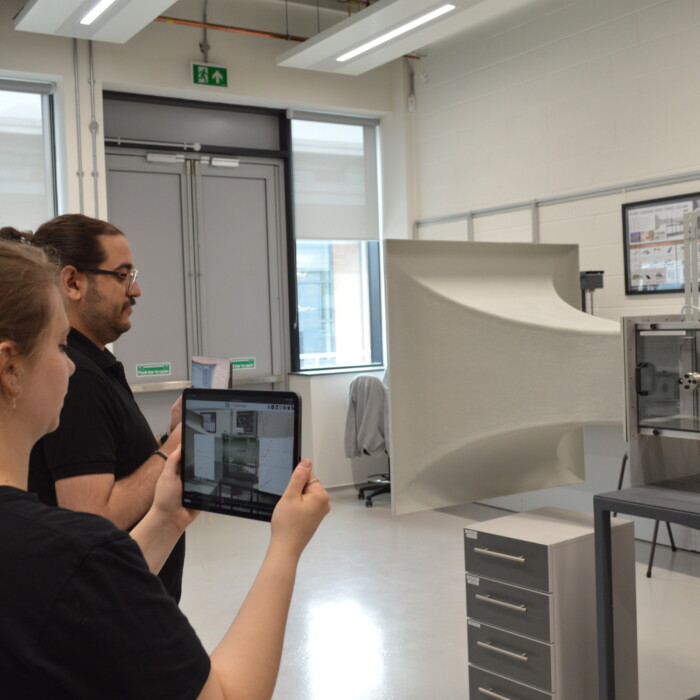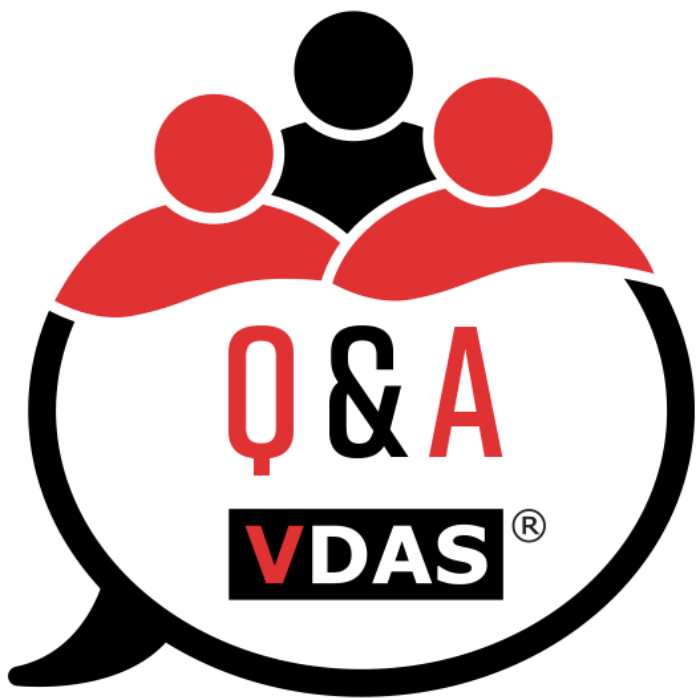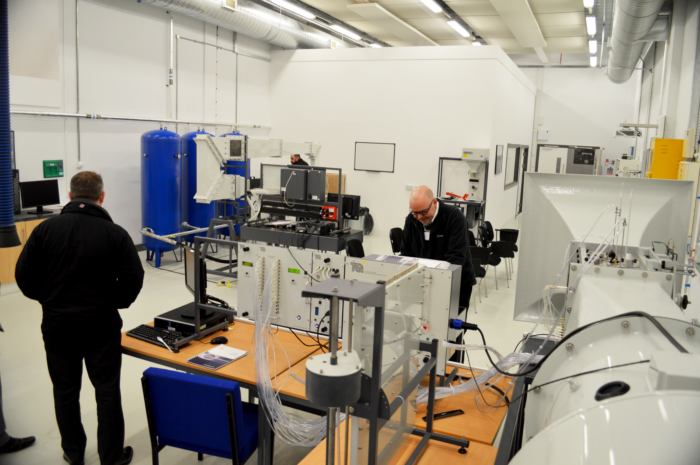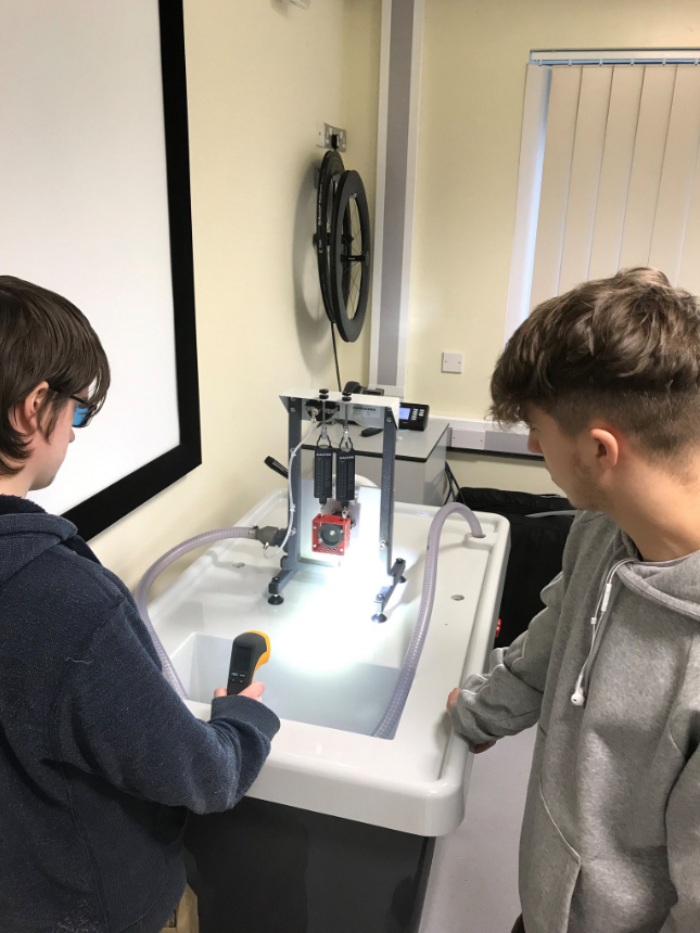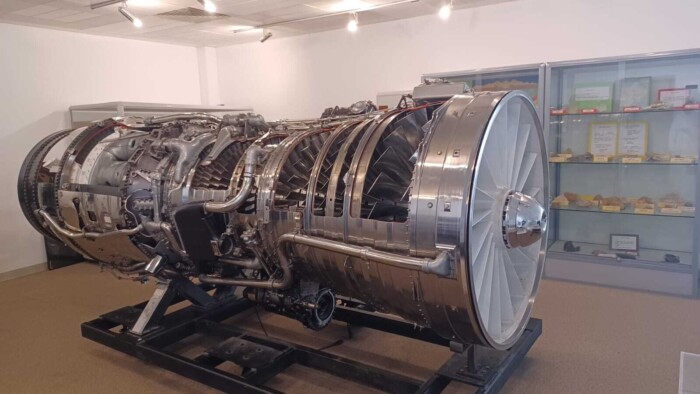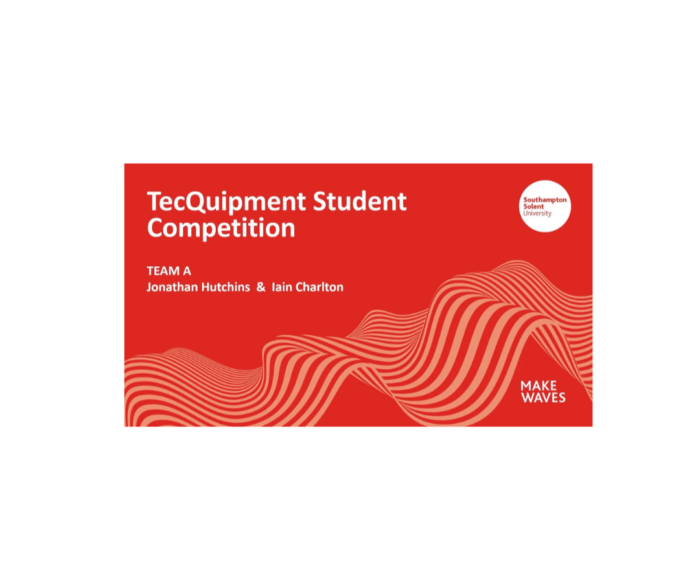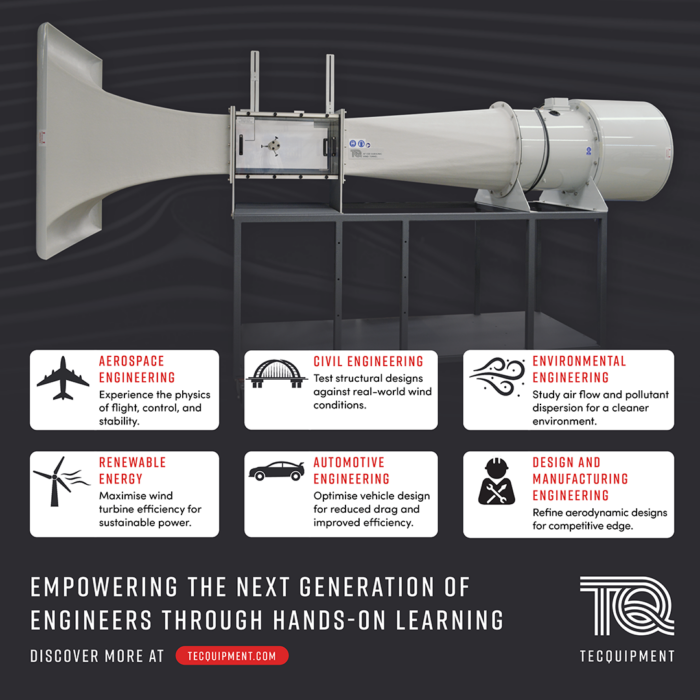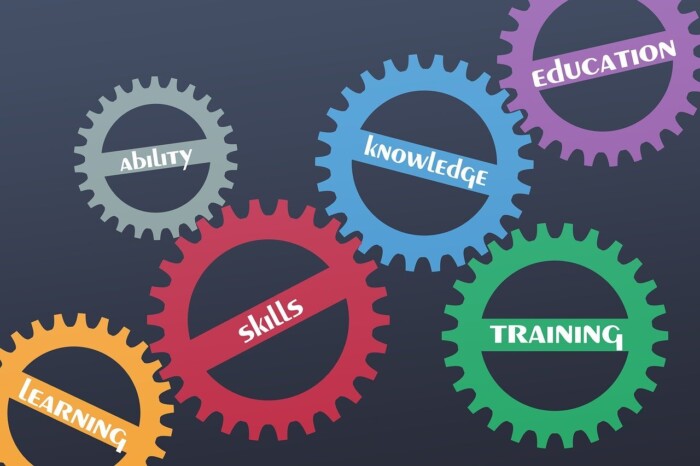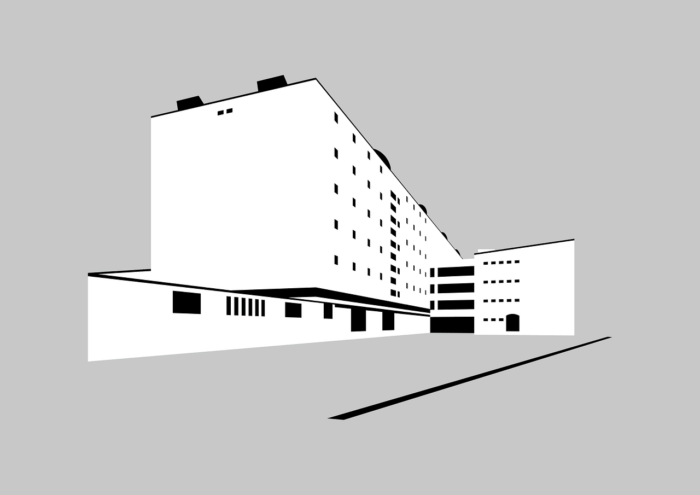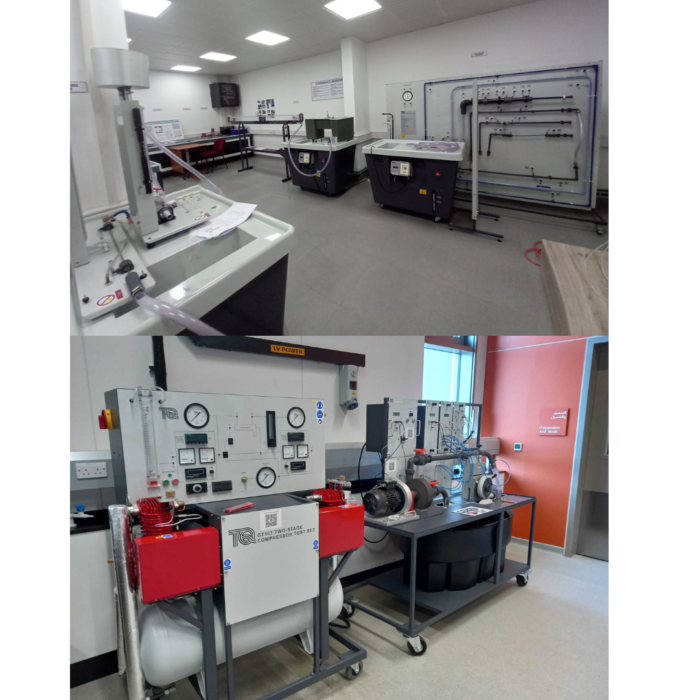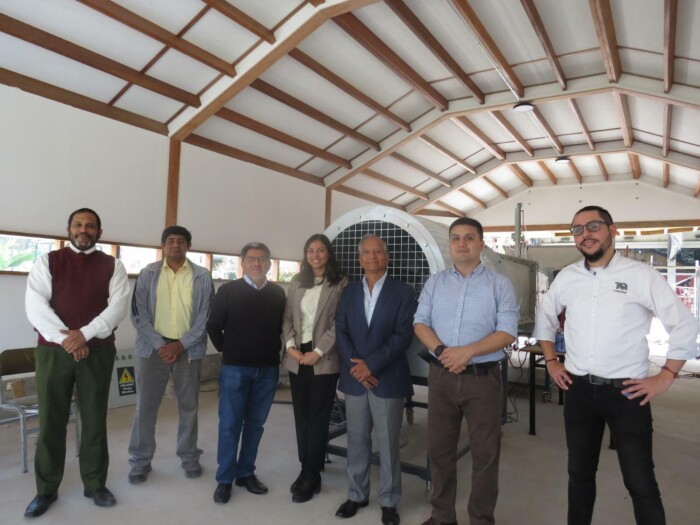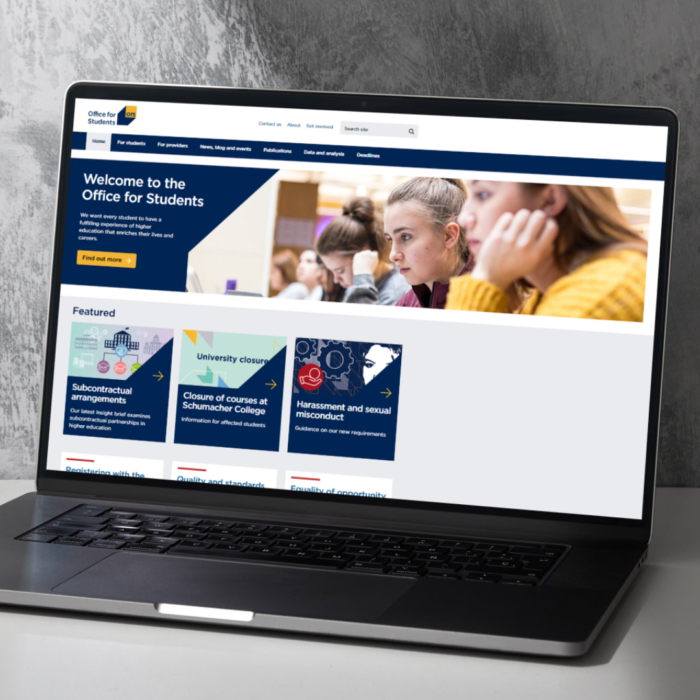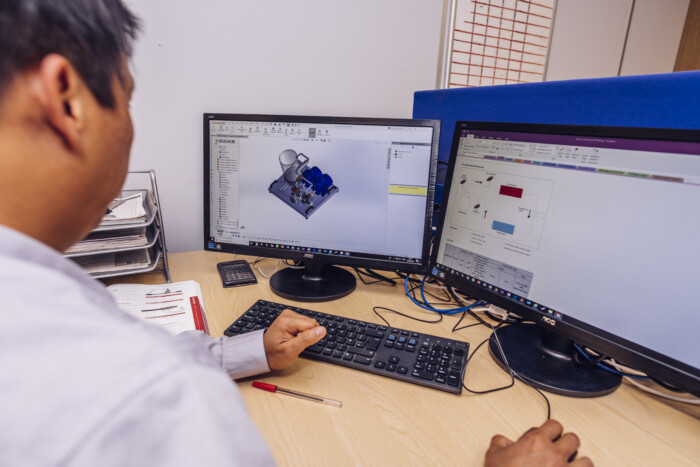In 2018 TecQuipment undertook a project on assessing practical teaching in engineering education that looked at the degree of perceived importance of practical teaching elements within engineering courses. From that project the key points highlighted were improving, practical teaching, cost, available equipment, and lab usage.
In 2021 we conducted another research project based on those findings, with a survey distributed through email and social media marketing, to gather market insights and understand the current engineering educational trend to learn what product enhancements could be made to stay relevant and valuable to our customers. Data compiled through the survey was then presented to an internal focus group to come up with new product offerings or solutions, then an external focus group made up of academics was used to filter and assess these solutions.
The full report with detailed data capture, analysis and interpretation can be found here.
To understand a market, research is needed but this needs to be an ongoing process to ensure relevance. The core objective for our research was to gather insight to assist in the direction of product development strategy going forward at TecQuipment. From the online survey what educators are finding to be the greatest challenge to engineering teaching is the amount of funding followed by the practical lab experience lacks real world connections, a shortage of skilled staff, and finally students lacking hands on capabilities. Educators also feel that to improve student learning these changes need to be made, using real world examples, finding methods of engaging the students better, allowing students to have more time on equipment, and finally having accreditation bodies and institutes working cohesively. Ideas brought forward to resolve these issues were discussed during an internal focus group and these findings were then compiled, to be presented to the external academic focus group, who would be used to filter the ideas into feasible and acceptable solutions. From the internal focus group there were four main areas to solutions offered, digital, physical, learning, and video.
The academic focus group went through these areas deciding which was the most relevant and which ideas were feasible in engineering teaching. Both groups agreed that using AR and mobile phones in the lab is the future of teaching and engaging students, even though their incorporation is different. Phone usage in the lab could be widely and easily used by students in a positive way. Whilst focus group 1 connected the use of mobile phones and VDAS having a way to capture and input data on students’ phones rather than a computer, focus group 2 mentioned using mobile phones as part of the experiment like sensors.
Integrating Augmented Reality were praised by both groups as a tool for students to use to enhance their learning and engagement in class. Group 1 implied that AR can help students who are studying abroad or unable to attend classes. AR could also be for 3D images of the products, sensors connected to the device, or digital experiments to perform. Interactive worksheets and templated graphs were also brought up to help student understandings. Group 2 suggested that AR can help find faults and troubleshooting or be used to run tests, or even to look inside products like an engine when it is running that would be difficult or unsafe to do so in real life. AR could also be used to overlay equations or show unseeable things like stress in a beam.
Practical skills are important for Group 1, being able to assemble products in lab sessions as this would also incorporate natural experiment errors and faults that the students can observe and overcome. Group 2 also deliberated the incorporation of faults to understand the difference between precision and accuracy and teach students about undertaking personal risk assessments. Having products that have fault systems built in would help allow students to do diagnostic and troubleshooting work.
From undertaking this research, we can find areas of future product development that would be accepted by the engineering educational market. Through research we can take these action points and see if, and how, these solutions can be incorporated into product offerings, thus we are ensuring our customers needs are at the forefront of our product development.

